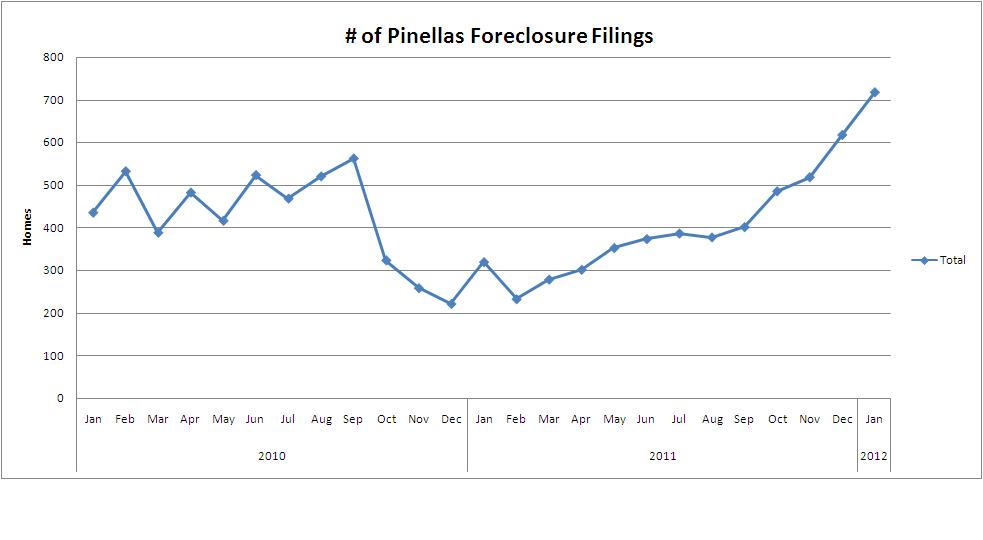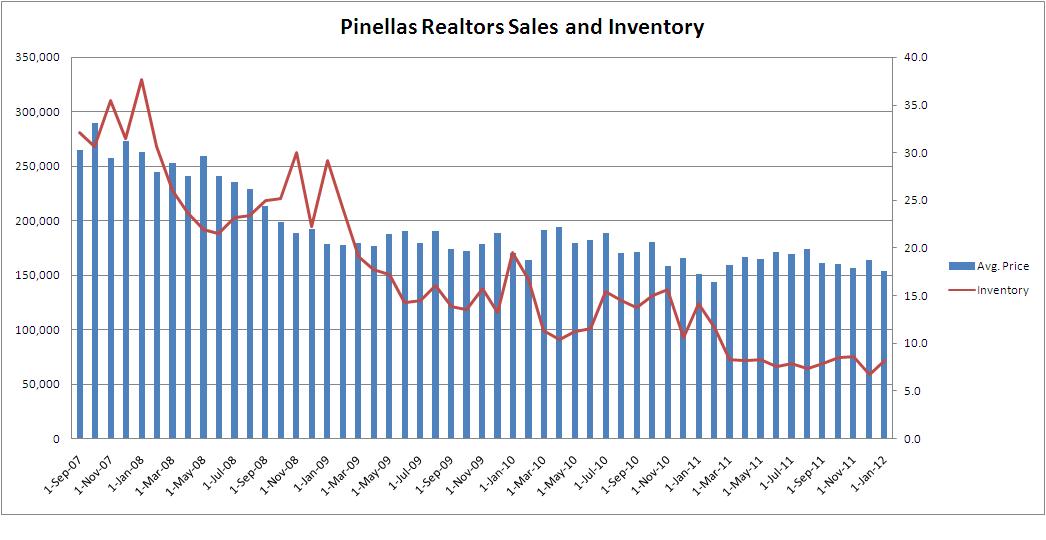The 1993 U.S. Supreme Court case Daubert v. Merrill Dow Pharmaceuticals created a new rule regarding the admissibility of expert testimony in all types of court cases by establishing new criteria and designating the judge as “gatekeeper” to evaluate the scientific methodology. The judge acts as a gatekeeper by considering a list of four factors which aid in determining the reliability of the testimony. The four factors are the following: whether the theory can be and has been tested, whether the theory has been subjected to peer review and publications, whether there is a known rate of error the court should consider, and whether the technique is generally accepted in the relevant scientific community.
Some courts have interpreted Daubert to apply to all expert testimony regardless of whether or not it is scientific in nature, while others have ruled that Daubert did not apply to expert testimony that just involves specialized knowledge. In 1999, the U.S. Supreme Court ruled in Kumho Tire Co. v. Carmichael that all expert testimony, whether scientific knowledge or specialized knowledge, be judged according to the same strict standards outlined in the Daubert ruling.
It is expected that the fourth factor of the Daubert criteria will be increasingly emphasized. The judge may look at how well the expert appraiser uses the generally accepted methods of appraisal practice. The judge may also look more closely at the number of years of service as well as generally recognized appraisal designations acquired after meeting minimal experience requirements. It will be important for the appraisal expert for either side to be prepared for a reliability attack. Appraisers need to be able to explain both their qualifications as an expert and the reasons for their opinions. They need to be capable of thoroughly explaining in their appraisal reports how they arrived at their conclusions. Appraisers need to be consistently applying the standardized criteria of the appraisal profession and should go back and review the generally accepted appraisal principles. They also should be acquainted with new knowledge and be aware of changes in the generally accepted appraisal principles.


